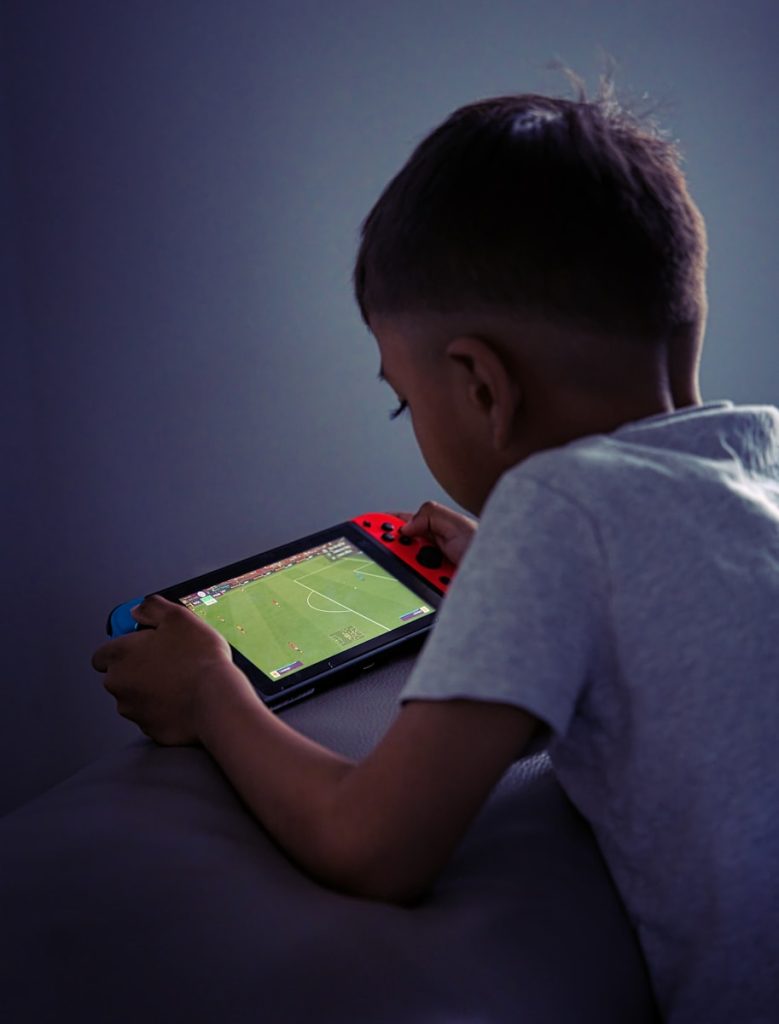The Best Fluffy Pancakes recipe you will fall in love with. Full of tips and tricks to help you make the best pancakes.
Let’s face it—today’s kids are getting more sedentary than ever. With screens capturing their attention for hours on end, and the world around them changing rapidly, the days of running around outside until the streetlights come on seem like a distant memory. As guardians of these increasingly couch-bound kiddos, it’s crucial we understand why this is happening and how we can encourage them to break free from their screens for some good, old-fashioned movement.
The Changing Landscape
The rise of technology is one of the biggest culprits behind this sedentary lifestyle. With smartphones, tablets, and gaming consoles buzzing with color and excitement, it’s all too easy for kids to forgo physical activity. A lack of outdoor spaces, cutbacks on recess time, and a more streamlined approach to children’s transportation—like parents driving instead of walking—have also added fuel to this fire.
Moreover, social interactions that once centered around playing outside are now often virtual. Kids can connect with friends while sprawled on the couch, making physical activity seem less appealing. But the truth is, a sedentary lifestyle can have some serious repercussions for our youngsters.
Why a Sedentary Life is a Concern
Chronic inactivity can lead to various health risks for children. Obesity rates in kids have skyrocketed, leading to increased health issues such as Type 2 diabetes, heart problems, and joint issues. But it’s not just the physical risks that should concern us; mental health is a major player as well. Sedentary lifestyles can contribute to anxiety, depression, and lowered self-esteem. Active play has been shown to boost mood, enhance focus, and foster social skills.

And let’s not forget about the importance of building strong habits. The earlier kids learn to prioritize their health and well-being, the better chance they’ll maintain an active lifestyle into adulthood.
Strategies for Parents to Encourage Activity
So, what can parents do to combat this trend? Here are some practical strategies to inspire kids to get moving:
- Lead by Example: Kids often mirror the behaviors they see. If you prioritize physical activity, your children are more likely to follow suit. Consider family workout sessions, whether it’s a brisk walk, yoga, or a fun dance-off in your living room.
- Limit Screen Time: Set boundaries around screen usage. Create designated tech-free zones or times, especially during meals or right before bedtime. Encourage kids to use that time for active play instead.
- Make it a Family Affair: Turn exercise into family time. Whether it’s biking in the park or having impromptu dance parties at home, doing it together makes it more fun and seems less like a chore.
- Encourage Friendships: Organize playdates that focus on physical activities. Invite friends over for a game of tag or a scavenger hunt, helping kids associate exercise with social connection.
- Promote Active Hobbies: Help kids pick up physical hobbies that excite them, whether it’s martial arts, dance, soccer, or swimming. When kids choose their activities, they’re more likely to stay engaged.
- Celebrate Progress: Create a reward system for kids who hit their activity goals. Recognizing their efforts with small rewards—be it stickers, extra screen time, or a fun outing—can motivate them to stay active.
Fun and Engaging Kid-Friendly Exercises
Kids love to play—and when exercise is disguised as play, it becomes enjoyable! Here are some kid-friendly exercises that feel more like fun than work:
- Obstacle Courses: Set up an indoor or outdoor obstacle course using cushions, chairs, and other household items. Time your kids as they navigate the course, and watch them race against each other.
- Dance Parties: Crank up the music and let loose! Dancing is a fantastic workout and a great way to express creativity and let off steam.
- Scavenger Hunts: Create a scavenger hunt with clues that lead to physical activities. For example, they may need to do 10 jumping jacks before moving to the next clue.
- Tag and Hide and Seek: Classic games like tag and hide and seek never go out of style. They get kids moving and can be played almost anywhere.

- Sporty Sundays: Dedicate a specific day each week to trying out a new sport or physical activity. Rotate through soccer, basketball, martial arts, bike riding, or swimming as a way to keep it fresh and exciting.
- Nature Walks: Turn hiking into an adventure by exploring different parks or nature trails. Bring along a picnic or have a “nature bingo” where kids can look for specific plants or animals.
- Family Game Nights: Introduce physical games like Twister or even a lively round of charades, where movement is part of the fun. Not only will you be active, but you’ll also create lasting family memories.
- Fitness Challenges: Set up fun challenges that everyone in the family can participate in. For example, who can do the most push-ups, sit-ups, or jumping jacks in a minute? Keep it friendly and supportive.

Final Thoughts
Encouraging kids to lead active lives doesn’t have to be a battle—it can be a source of joy and connection. By creating a fun environment that promotes physical activity, we can help our children develop healthy habits that will serve them well into adulthood. By incorporating movement into the fabric of family life, we aren’t just combating sedentary behavior; we’re building a happier, healthier future for our kids. So get out there, turn off those screens, and make some memories!




